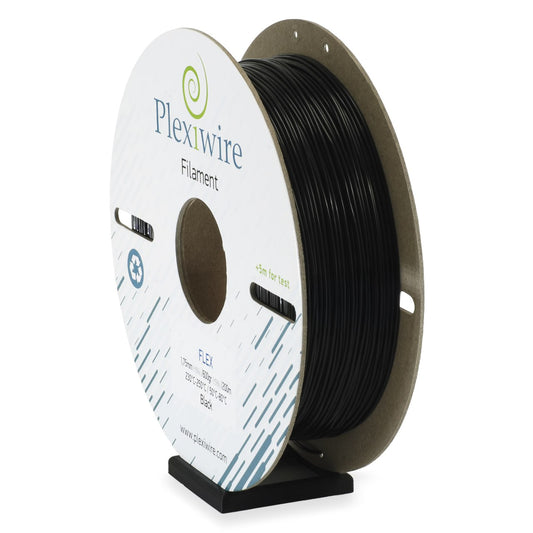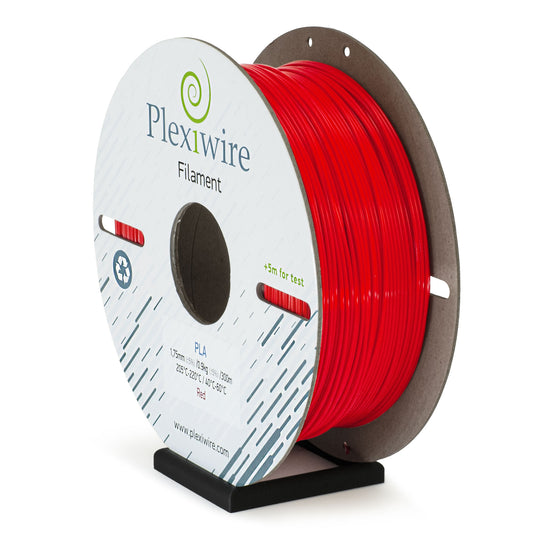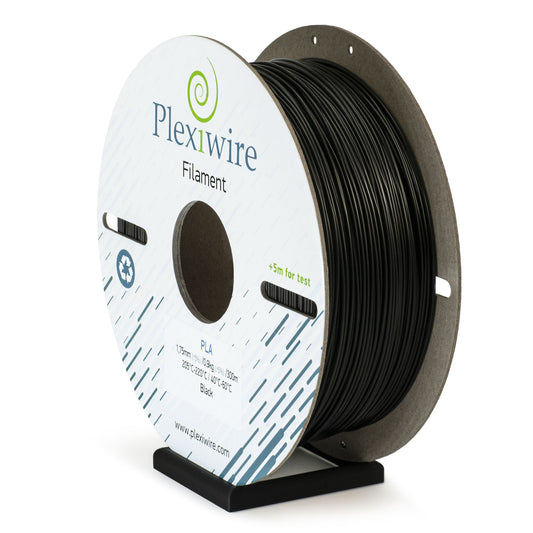PETG is a highly impact-resistant plastic, inert to acids and alkalis. PETG has low shrinkage, good print adhesion, and is resistant to ultraviolet light. In the 3D printing community, PETG is often referred to as a plastic with ABS-like properties and the ease of printing similar to PLA.
From the perspective of PETG, it is essentially the well-known PET (polyethylene terephthalate) widely used in our daily lives, such as water and beverage bottles and synthetic padding used in winter clothing. Thanks to its inertness, PET is used to produce items that come into contact with food. PET is versatile and used in various applications. The addition of "G" involves adding glycol during synthesis, and the resulting copolymer is actively used in various industries, similar to pure PET.
For 3D printing, PETG is interesting because it retains all the properties of PET but has a broader temperature range, making it easy to print. Those who have printed with pure PET know how challenging it is to obtain a quality print. A few degrees less can cause filament jams in the extruder, and a few degrees more can compromise the strength properties of the model. PETG overcomes these drawbacks. The 3D printing temperature range is between 225 and 245 degrees, providing great flexibility for printing on different printers. Another property that works well in 3D printing is the low hygroscopicity of PETG. In simple terms, the filament absorbs minimal moisture from the environment, eliminating the need for pre-drying.
While testing the material in printing, we observed some specific features of Plexiwire PETG that we want to share:
- Bed temperature ranges from 40 to 70 degrees. Although we experimented with printing without heating, the best quality on the bottom layer was achieved at 80 degrees. The layers spread well, resulting in a smooth surface without compromising properties (something difficult to achieve with pure PET).
- Main temperatures range from 225 to 235 degrees. Excellent quality was achieved at 235 degrees on the extruder in a closed printer. It's worth noting that the printing area was fully enclosed. However, even with an open printer, the quality was excellent.
- No filament drying before printing. All models were printed without drying, and no moisture was observed in the finished models.
We spoke with Alexander, one of the first to receive PETG samples and test our new material.
"We received the material as if it were manna from heaven. The day before, we needed to print parts for three new coordinate systems, specifically, couplings for the GT2 belt. Couplings made of ABS often broke, even with reinforcement. When we received the material, that evening we printed three couplings at once without any problems, even without changing the settings (bed 100 degrees, extruder 235). Later, we tried to print 16 couplings, and that's when we realized we needed to reduce the bed temperature. We also increased the printing temperature to 245 to increase speed. After establishing these parameters, everything worked fine. Oh, and I should mention that the coil hangs above the machine, and we don't hide it in a box... No moisture problems so far. By the way, these new couplings turned out to be so strong that now they just twist the bearing in places of misalignment."











Recent post